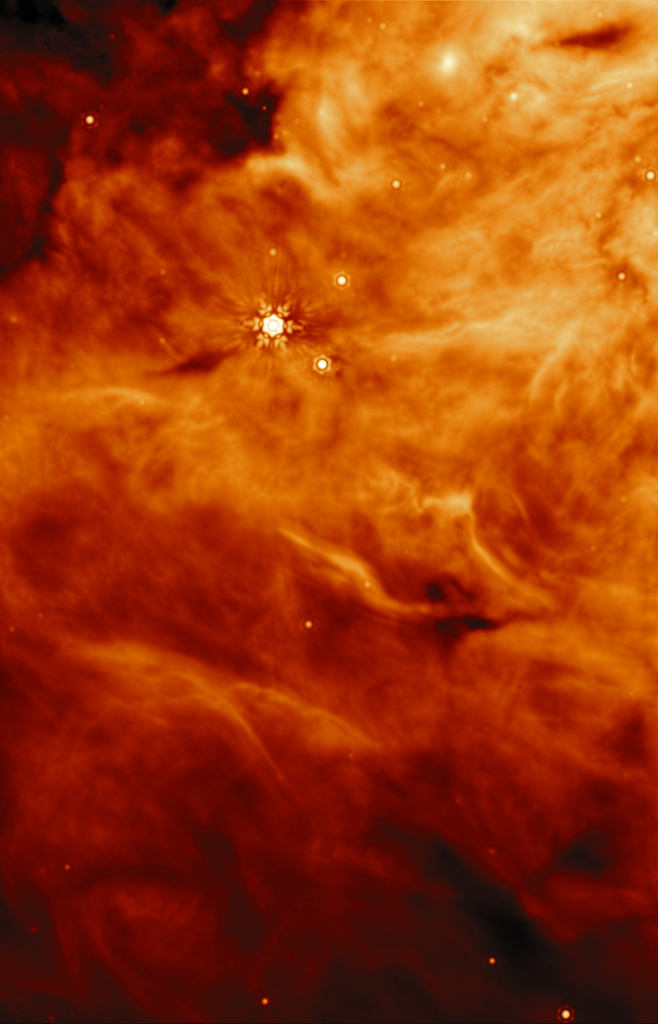Astronomers using the James Webb Space Telescope have struck gold, uncovering a treasure trove of organic molecules around young, developing stars. These include ingredients like ethanol (alcohol) and acetic acid (vinegar), crucial for potentially habitable worlds.

Icy Clues to Planetary Formation
The presence of complex organic molecules (COMs) frozen in the icy mantles surrounding these protostars, where planets haven’t even begun to form, is a revelation. While the existence of COMs in space was previously suspected, Webb’s unprecedented sensitivity has allowed scientists to directly identify and confirm their presence in the solid state.
From Ice to Gas: The Birthplace of Complex Molecules
The discovery of these complex molecules frozen in ice suggests they form on the icy surfaces of dust grains within the star-forming clouds. This challenges the earlier notion that COMs might solely originate in the gas phase. As some of these very COMs have also been detected in warm gas, scientists now believe they transition from solid to gas through sublimation, transforming directly from ice to vapor.
A Delivery System for Life’s Ingredients
The presence of COMs in icy form is exciting because these icy molecules are thought to be more efficiently incorporated into planet-forming discs compared to gas alone. Comets and asteroids, formed from these icy materials, can then act as couriers, delivering these vital ingredients to fledgling planets through collisions.
Beyond the Basics: A Rich Chemical Soup
While the discovery of ethanol and acetic acid steals the spotlight, the Webb Telescope also found simpler molecules like methane, formic acid (the culprit behind ant bites), and even traces of sulfur dioxide. The presence of sulfur-containing molecules is particularly intriguing as they might have played a crucial role in early life on Earth. Additionally, the detection of negative ions hints at the presence of even more complex chemistry within these ices.

A Glimpse into Our Solar System’s Past
One of the investigated protostars, IRAS 2A, is a low-mass system similar to our own Sun in its infancy. This suggests that the chemicals found around IRAS 2A might have been present during the early stages of our own solar system and eventually delivered to Earth.
A Promising Future for Discovery
This discovery is just the beginning. Astronomers are eager to delve deeper, using Webb’s data to track the journey of these molecules as the star systems evolve. Further research, including the analysis of recent findings like methyl cyanide and ethyl cyanide, promises to shed even more light on the complex chemistry occurring in the universe’s stellar nurseries.
The James Webb Space Telescope is proving to be a powerful tool for unraveling the mysteries of star and planet formation, offering a glimpse into the potential existence of life beyond our solar system.



















